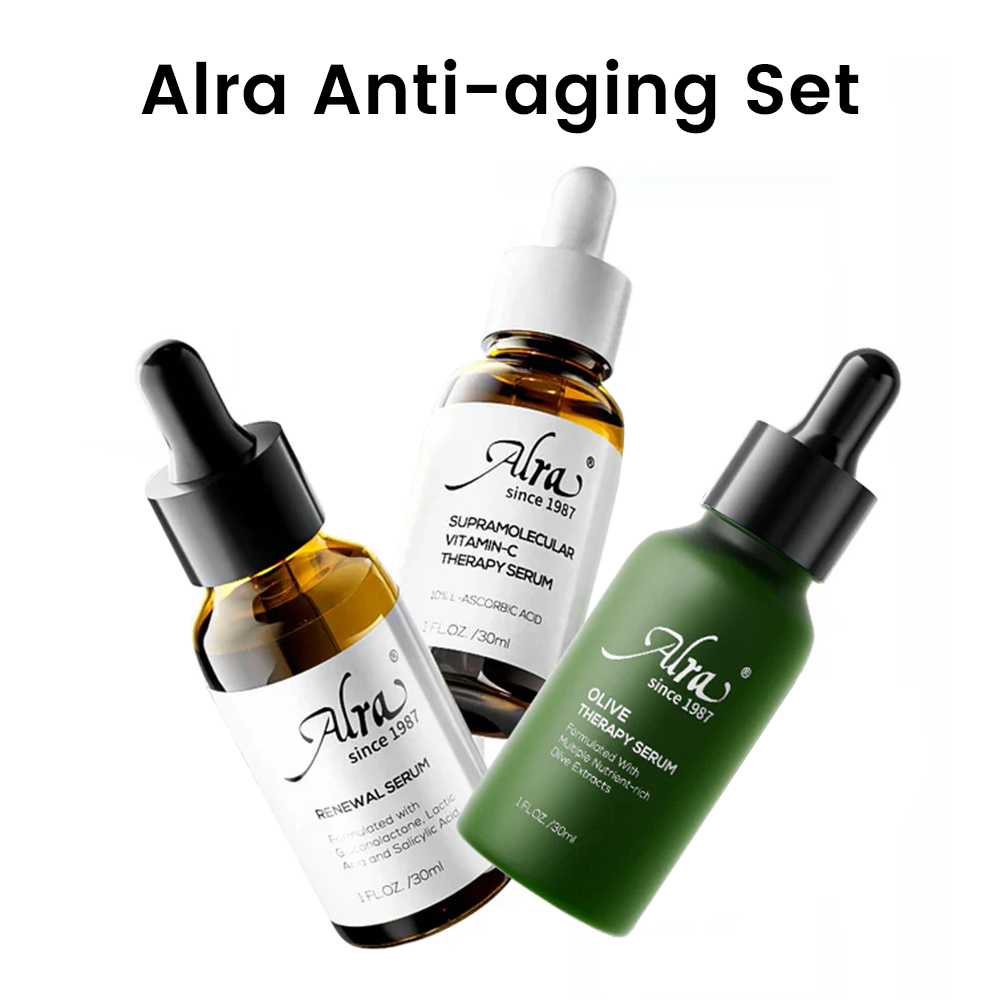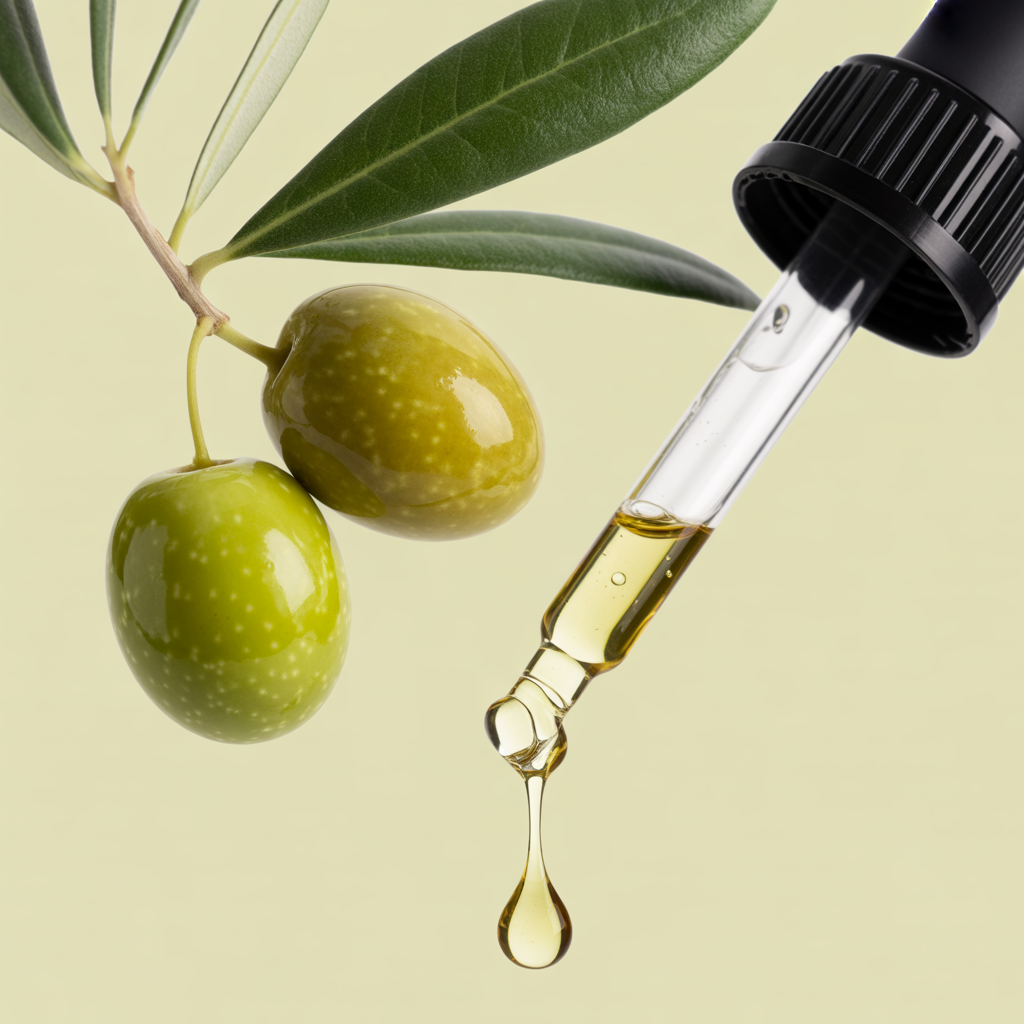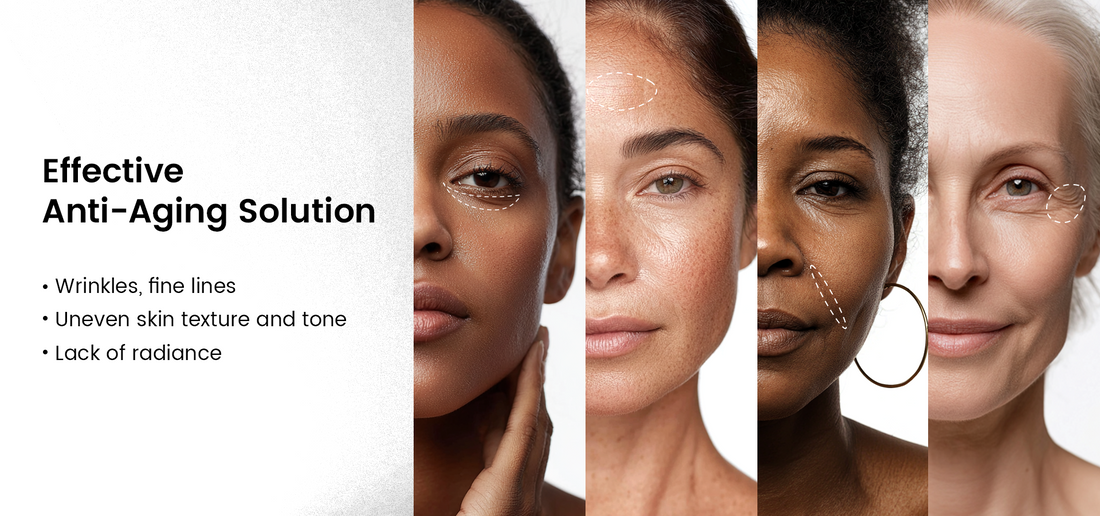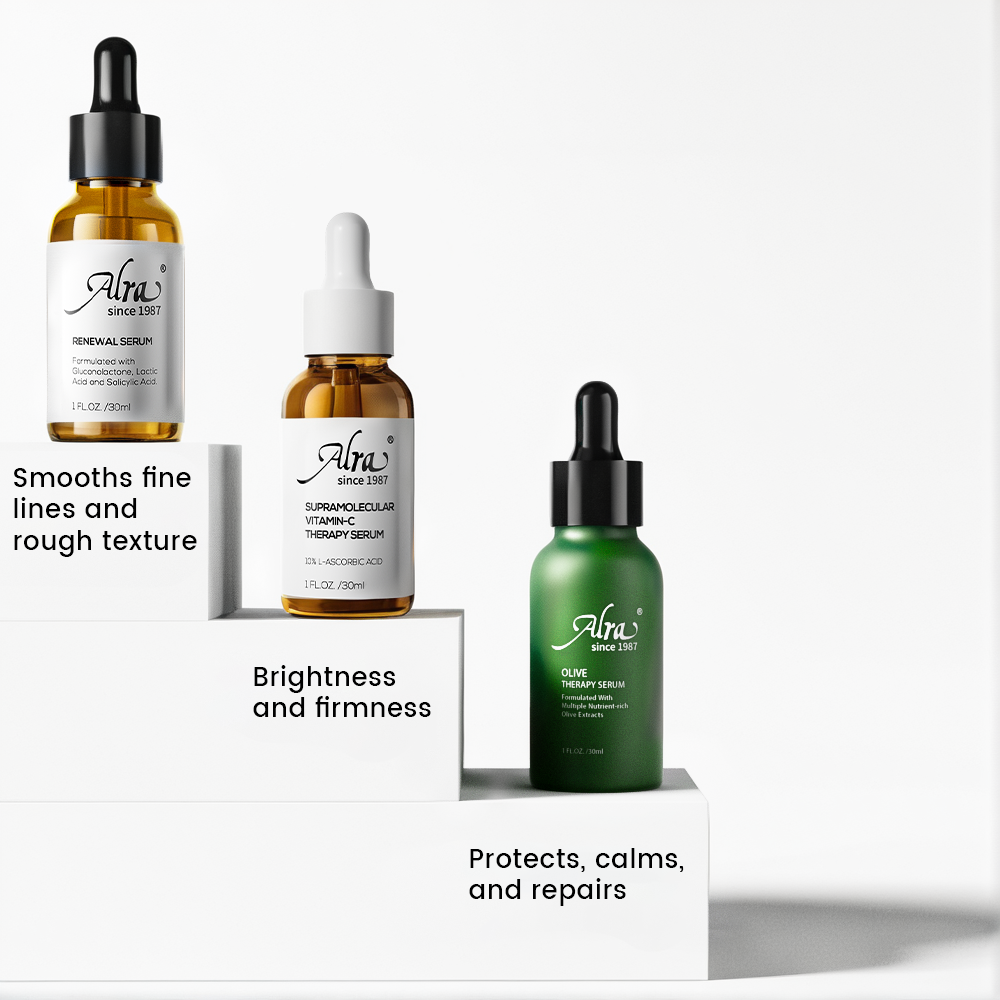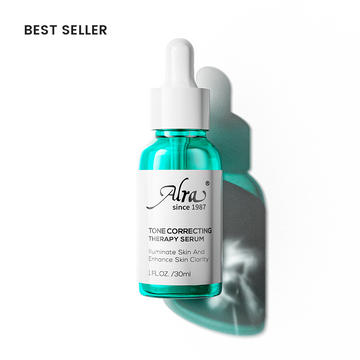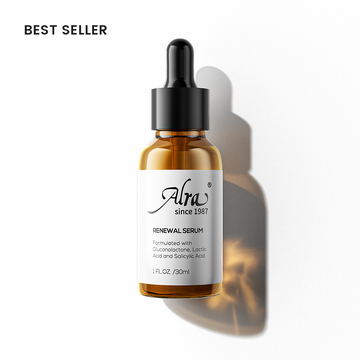Ever noticed dark patches on your cheeks or forehead that don’t seem to fade?
You’re not alone. Many people develop these stubborn spots, especially after sun exposure, pregnancy, or starting birth control. They might look like freckles that merged into bigger patches or faint shadows that makeup barely covers.
Even if you don’t have melasma, understanding it can help you prevent it because anyone who spends time in the sun is at risk. And if you do have it, knowing what works (and what doesn’t) can save you months of frustration and wasted products.
So, What Exactly is Melasma?
Melasma is a common type of hyperpigmentation that shows up as blotchy brown or grayish patches, usually on the face. It’s often called the “mask of pregnancy” because hormones are a big trigger, but it’s not just a pregnancy thing, sun exposure, heat, and even genetics can all play a role.
-
Sunlight: UV rays are the biggest culprit. They activate pigment cells (melanocytes) to produce extra melanin, darkening the patches.
-
Hormones: Pregnancy, birth control, or hormone therapies can set melasma off.
-
Genetics: If someone in your family has it, your risk is higher.
-
Heat and visible light: Not just UV, regular sunlight and even heat can make melasma worse.
The patches are harmless health-wise but can be frustrating because they often darken easily and fade slowly.
How Melasma Is Different from Other Dark Spots
Not all dark spots are melasma. Post-acne marks or sunspots (age spots) are usually smaller, more defined, and often respond faster to brightening products. Melasma tends to look patchy and symmetrical, appearing on both cheeks, the forehead, or upper lip, and is more stubborn because it involves deeper pigment activity.
This is why some products that fade acne scars in weeks may barely make a dent in melasma. Understanding the difference helps you choose treatments that target melasma’s deeper, hormone- and sun-driven root causes.
Why Is Melasma So Hard to Treat?
Melasma is stubborn because it’s not just surface-level pigmentation. The overactive melanocytes sit deeper in the skin, and any sun exposure or inflammation can reactivate them. Even when you manage to fade it, it tends to come back if you don’t maintain treatment and sun protection.
This means:
- Quick fixes (like harsh bleaching creams) rarely last.
- Strong treatments (like peels or lasers) can sometimes make it worse by triggering more inflammation.
- Gentle, consistent care and year-round sun protection are key for managing it long term.
Typical Treatments for Melasma
Most dermatologists take a layered approach. Here are the most common options:
-
Sun Protection (Non-Negotiable): Daily SPF 30+ with zinc oxide or titanium dioxide is essential. Tinted sunscreens with iron oxides help protect against visible light, which also worsens melasma. Hats and shade? Also your friends.
-
Topical Brightening Agents: Ingredients like hydroquinone, retinoids, azelaic acid, kojic acid, and vitamin C are often used to fade pigmentation. Hydroquinone is the gold standard but can irritate skin and isn’t suitable for long-term or unsupervised use.
-
Procedures: Chemical peels, microneedling, and certain lasers can help, but results vary and flare-ups are common if not paired with good aftercare.
-
Oral Options: Low-dose oral tranexamic acid is sometimes prescribed for severe melasma but must be medically supervised.
For most people with mild or early melasma, topical care + SPF is the safest and most sustainable starting point.
Two Ingredients Making Waves: Tranexamic Acid + Niacinamide
Lately, two brightening ingredients have been getting a lot of buzz for managing melasma, without the harsh side effects of hydroquinone.
Tranexamic Acid (TXA)
Originally used to help with blood clotting, tranexamic acid is now a rising star in pigmentation care. It works by calming the chemical signals that tell melanocytes to overproduce pigment. In simple terms, it quiets the trigger that causes dark patches to form in the first place.
Niacinamide (Vitamin B3)
A skincare all-star, niacinamide helps with almost everything: redness, oil control, barrier repair, and yes, pigmentation. For melasma, it works differently than TXA: instead of stopping pigment from forming, it prevents pigment from spreading to the visible layers of your skin.
Why This Combo Works
Together, tranexamic acid and niacinamide hit melasma from two angles:
- Tranexamic Acid stops excess pigment from being made.
- Niacinamide stops pigment from being passed to the surface.
This dual-action approach gently brightens skin tone, reduces stubborn patches, and makes results easier to maintain without harsh bleaching or peeling.
Preventing and Maintaining Results
The hardest part about melasma isn’t just treating it, it’s keeping it from coming back. Here’s what makes the biggest difference:
-
Daily sunscreen is non-negotiable: UV light and even visible light can reactivate pigment cells. Use a broad-spectrum SPF 30 or higher every morning, reapply if you’re outside, and wear hats when you can.
-
Stay consistent with brightening care: Ingredients like tranexamic acid and niacinamide are safe for long-term use and help prevent new patches from forming.
-
Be patient and gentle: Overdoing harsh treatments can inflame skin and make melasma worse. Slow and steady wins.
-
Know your triggers: For some, heat or hormones (like birth control) can worsen melasma, tracking patterns helps you manage flare-ups.
Meet Alra Tone Correcting Therapy Serum
If you’re looking for a serum that brings these two powerhouse ingredients together,
Alra Tone Correcting Therapy Serum does exactly that. It combines
3% tranexamic acid and
3% niacinamide, plus extra calming and brightening support from ingredients like N-acetylglucosamine and kiwi extract.
-
Targets melasma and dark spots: Fades pigmentation by calming overactive pigment cells and reducing visible blotchiness.
-
Gentle enough for daily use: Formulated without hydroquinone or harsh acids, so you can use it long-term to prevent melasma from coming back.
-
Boosts overall skin clarity: Also helps with post-acne marks, sun spots, and uneven tone—even if you don’t have melasma.
Should You See a Dermatologist?
If your pigmentation is widespread, worsening, or not improving after a few months of consistent care, it’s worth checking in with a professional. Dermatologists can confirm if it’s truly melasma (and not another condition) and offer prescription options or in-office treatments for more stubborn cases. Even if you start with over-the-counter options, having a doctor guide you can give you peace of mind.
Final Thought
Melasma may be stubborn, but it’s manageable with the right approach. Focus on daily sun protection, use gentle brighteners like tranexamic acid and niacinamide, and be patient. Results build over weeks, not days.
Whether you’re trying to fade existing patches or want to prevent them from forming, a routine centered on protection + consistent care is your best bet. And if you need a place to start, Alra Tone Correcting Serum offers both key ingredients in one simple step.
Clearer, more even skin isn’t about quick fixes. It’s about finding what works for your skin and sticking with it.



